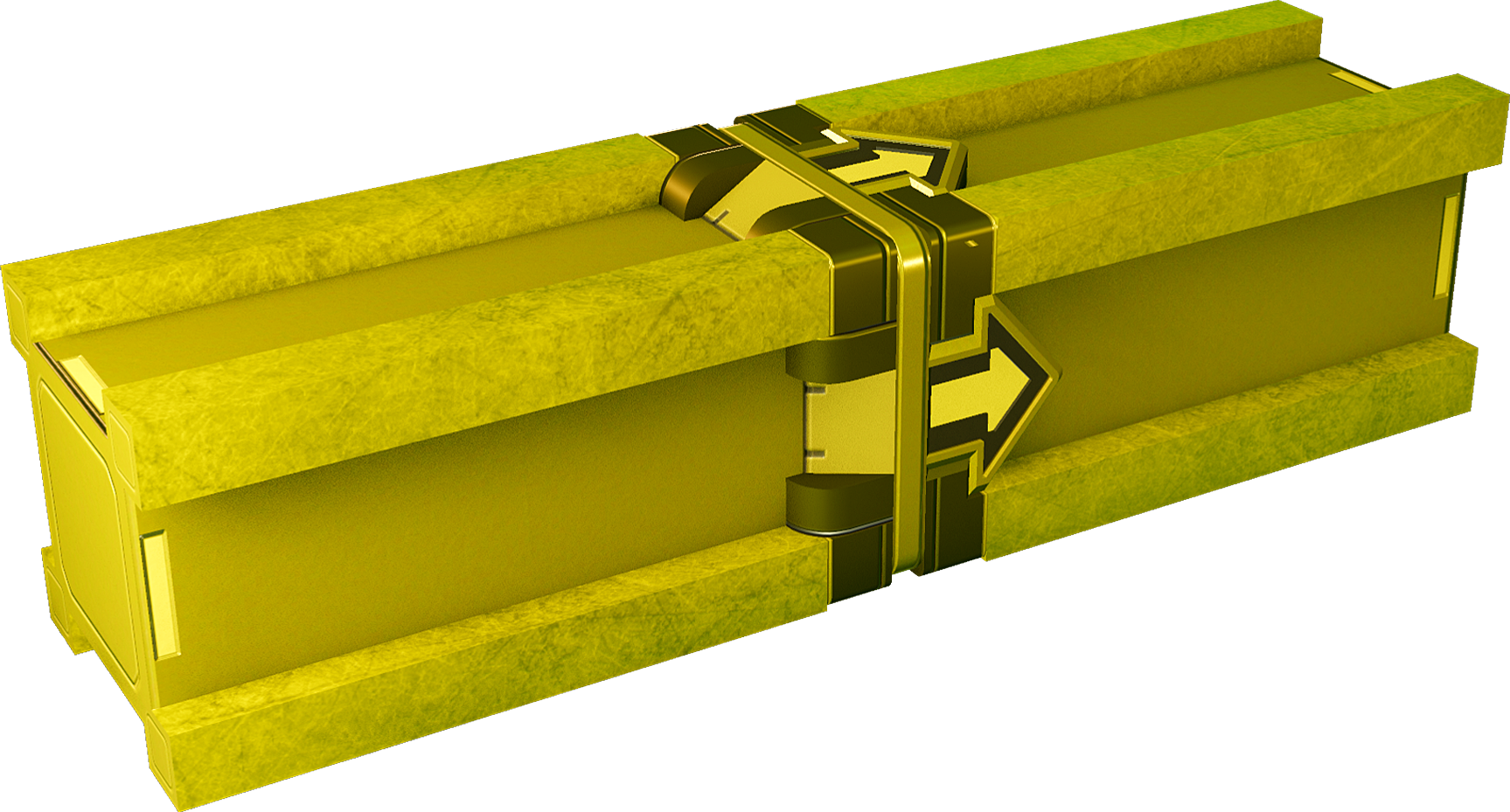Difference between revisions of "Rail relay"
Jump to navigation
Jump to search
m |
m |
||
| Line 15: | Line 15: | ||
|{{SB Infobox Device General Information | |{{SB Infobox Device General Information | ||
|type= | |type=Rail device | ||
|function= | |function=Creates rail sub-networks | ||
|availability=[[Luxury Items]] | |availability=[[Luxury Items]] | ||
|size=24×24×96 cm | |size=24×24×96 cm | ||
Revision as of 09:35, 27 May 2021
Rail relay
Type Rail device
Function Creates rail sub-networks
Availability Luxury Items
Size 24×24×96 cm
Mass 412.72 kg
Volume 41.58 kv
Corrosion resistance 400
Composition
A rail relay is used to divide a rail network into separate sections with separate sub-networks to enable the creation of modular rail systems. They function similarly to network relays
Basic information
Rail relays connect to a rail network like any other rail piece, but only transmits data in one direction
- One end of the relay acts as the "input" connection
- The other end acts as the "output" connection
When the relay is powered, changes made to device fields connected to the input propagate will apply to all similarly named device fields that are connected to relay output.
Device fields
| YOLOL field | description | range |
|---|---|---|
| IsEnabled | On/Off | 0/1 |
To learn more about how to use fields, consult these wiki pages:
